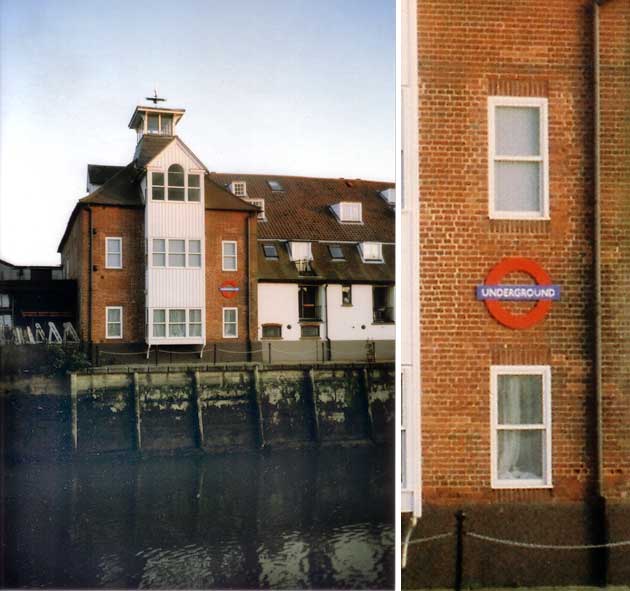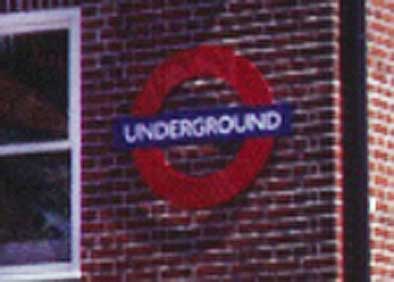Edward Fison Ltd, Bolenda Engineering, Stoke Bridge maltings, 'UNDERGROUND'
 2021
image
2021
imageAbove: the Edward Fison lettering
photographed during the third pandemic lockdown in February 2021 – the
first time we've taken it from Dock Street – shows that weathering over
the past twenty years has strengthened the characters.
 2000 images
2000 images 
 2012 images
2012 images 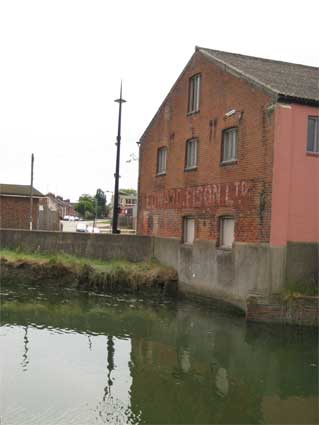 2012
2012
 2016 image
2016 image
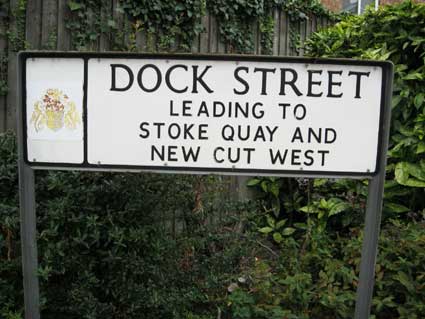




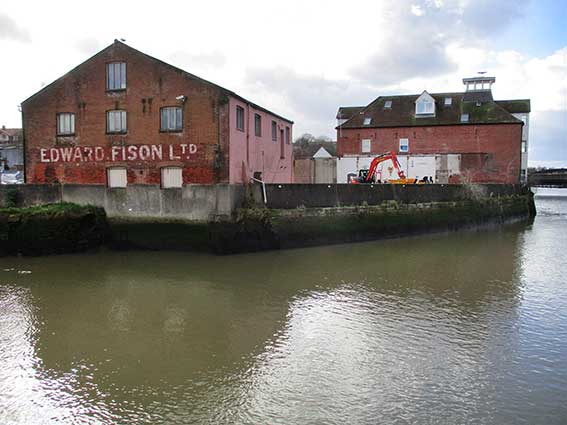
 2000 image
2000 image 2006 images
2006 images